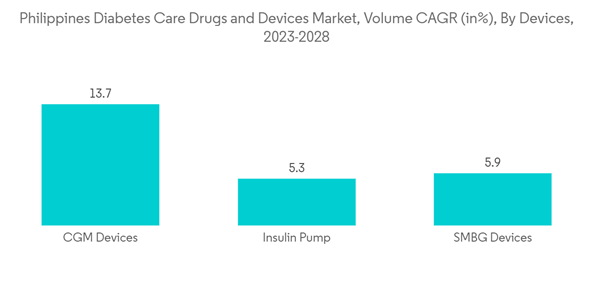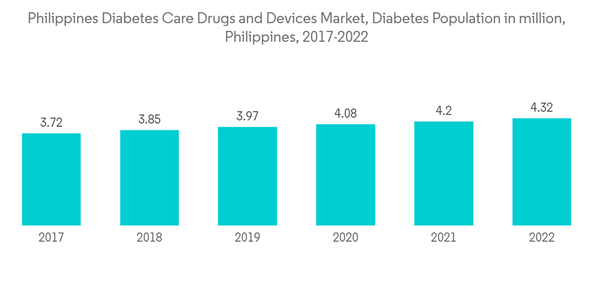COVID-19 is a new disease caused by the SARS-CoV-2 virus strain. Most people infected with the virus develop mild to moderate respiratory illness and recover without specific treatment. Older people and people with underlying medical conditions such as diabetes, high blood pressure, heart disease, lung disease, obesity, and cancer are at increased risk of developing serious illnesses. The virus invades multiple cells in the body, including the heart and lungs, causing inflammatory changes that lead to inflammation and damage to multiple organs. Diabetes and systemic inflammation are linked. Studies have shown that people with diabetes have higher viral entry, lower immune responses, lower viral clearance, and dysregulation of inflammatory markers.
People with diabetes may be at the same risk of contracting COVID-19 as nondiabetics. On the other hand, people with diabetes are at increased risk of hospitalization, ICU admission, severe outcomes and death after being infected with COVID-19 due to the essential features of the disease.
Diabetes is a complex disease characterized by elevated blood sugar levels resulting from impaired insulin production and\/or action. Insulin is a pancreatic hormone that controls blood sugar levels in the body. Uncontrolled diabetes has many effects, including heart attacks, strokes, amputations, blindness, and kidney failure. According to DOST-FNRI data, prediabetes affects approximately 14.2% of the population. Combining diabetes and prediabetes, one in five Filipinos has abnormal blood sugar levels.
Thus, the above factors are expected to drive market growth over the forecast period.
Philippines Diabetes Drugs and Devices Market Trends
The continuous Glucose Monitoring Segment is Expected to Witness the Highest Growth Rate Over the Forecast Period
Continuous blood glucose monitors help people with type 1 and type 2 diabetes manage their diabetes with fewer finger tests. This wearable tech device tracks blood sugar levels via an app. Most CGM machines take readings every 5-10 minutes throughout the day. A CGM device uses a wireless transmitter to transmit glucose data from the sensor to the receiver.Diabetes has a disproportionate economic impact on patients in low- and middle-income countries. The emergence of complications can also increase medical costs, which significantly impacts the direct medical costs of diabetes. HTAC aims to add insulin analogues to Philippine prescriptions to reduce costs and influence government debate. As this practice becomes more widespread, improving primary care units and referral networks is essential to build a robust infrastructure for delivering diabetes care. Diabetes treatment in the Philippines is limited in resources, government support and economics. In a preventive approach, the National Health System does not fully cover diabetes treatment and private insurance companies offer only minimal diabetes coverage. For this reason, most patients rely on out-of-pocket expenses such as laboratory tests and daily prescriptions.
Awareness programs for continuous blood glucose monitoring devices are being implemented around the Philippines. Technological advancements in CGM devices are driving the market during the forecast period.
Rising diabetes prevalence
Diabetes is a complex disease characterized by elevated blood sugar levels caused by impaired insulin synthesis and action. Insulin is a pancreatic hormone that regulates blood sugar levels. Left untreated, diabetes can lead to heart attack, stroke, amputation, blindness, and kidney failure. According to DOST-FNRI statistics, prediabetes affects approximately 14.2% of the population. One in five Filipinos has abnormal blood sugar levels when diabetes and pre-diabetes are combined. Significant barriers to healthcare exist in the Philippines, including high out-of-pocket costs due to limited healthcare funding and a fragmented referral system from general practice to speciality clinics. Increase. Budgetary constraints from the economic slowdown and severe supply shortages have made access to diabetes care equipment even more difficult in the Philippines during the COVID-19 outbreak. Identifying and removing these barriers is critical to solving the problem of access to insulin and diabetes care within the country. Millions of people in low- and middle-income countries (LMICs) do not have access to insulin or regular diabetes treatment. The Philippines, a lower-middle-income Southeast Asian country with more than 4 million adults with diabetes, is not immune to this problem.The increasing diabetes prevalence and the above factors will likely drive segment growth over the forecast period.
Philippines Diabetes Drugs and Devices Industry Overview
Manufacturers have constantly innovated to survive in the market.Novo Nordisk partnered with Abbott Diabetes Care, which may also assist to enable insulin statistics to be shared between Novo Nordisk-connected insulin pens and digital fitness equipment well suited to the FreeStyle Libre portfolio of products.Additional Benefits:
- The market estimate (ME) sheet in Excel format
- 3 months of analyst support
This product will be delivered within 2 business days.










